Pressing issues: Ford’s cunning recycling tactic | Axon’s Automotive Anorak
Attending a friend’s annual open house barbecue recently to visit his extensive collection of classic cars, I was struck by his immaculate Ford Anglia panel van (also sold as the Thames 5/7 CWT from 1961-65), a light commercial vehicle that I was familiar with but had never previously really paid much close attention to.

Studying the rear of the Anglia van, the dual metal rear doors and panels looked familiar to me, but it wasn’t until I saw a late 1980 Ford Escort Mark II van at another local classic car event a few days later that I realised the later Escort van used the exact same rear doors as its earlier Anglia forefather.
Virtually unique to Ford’s European operations, the American blue oval automotive giant became the global master of cleverly reusing key coachwork features to help reduce its development and production costs. By discretely recycling the metal panels for various generations of its van and estate car models, Ford's practice craftily saved on very expensive metal panel stamping costs.
The rear body-in-white sections of its first and second-generation Escort and Granada estate models comes to mind, as well as the 1970-76 Taunus TC station wagon panels being reused for its final 1977-82 editions of the Taunus and sister Cortina IV estate car derivatives. Ford learned this trick many years earlier when it globalised the uniform production of its Model T pre-World War I, stamping out the same simple panels for ‘Tin Lizzy’ worldwide, with mass production established in Europe, Asia, Latin America and many other global locations.
Ford had to subtly reengineer and adapt the rear coachwork of its estate models to accommodate the earlier existing panels of its first-generation models. The shorter wheelbase of the 1975-80 Escort II Estate of the previous 1968-75 Escort I was retained against the longer wheelbase of the new Mark 2 saloon models, plus keep the older derivative’s two passenger front side doors and side glass.

For the light commercial panel van Escorts, virtually the whole of the Anglia CWT’s rear end was seamlessly grafted onto the back end of the Escort in both its Mark I and Mark II van models, giving the costly metal stampings an unusually long and efficient 20-year lifecycle.
For the new, cleaner 1977-85 Mark II Granada, Ford’s engineers managed to shrewdly graft the passenger door panels and glass of the previous 1972-77 Mark I onto the newer square-cut Mark II estate derivatives, whilst very cunningly repositioning side trim items and sundries so that the styling of the newer estate cars harmonised seamlessly with the Mark II saloons by disguising the rare passenger side doors.
For the final Mark IV and facelifted 1980 Cortina estate models (the latter often incorrectly referred to as Cortina VIs) Ford simply ‘lifted’ the back end of the previous German-built 1970 Taunus TC wagon and retained it for the subsequent generation of estate derivatives, this again going unnoticed by the many thousands of buyers of these best-selling models.
When Ford in Dagenham were developing the second-generation of Consul, Zephyr and Zodiac models for introduction in 1956, its masters in Detroit suggested that these mid-sector saloons shared the windscreen of the French-developed Vedette model, launched on the continent in 1954 under the Simca Ariane, Marly and Vedette badges when Simca took over all of Ford’s French production in Poissy, to save time and costs.

The UK division also ‘borrowed’ some other existing components from its continental cousins for its iconic new Consul Cortina. For the two-door Mark I Cortina derivatives, sections of the roof panel and side glass where shared with the earlier Taunus P4 17M and P3 12M two-door models, developed earlier by Ford’s German operation in Cologne.
Ford made a successful habit of reusing many existing panels for its revised latest ‘new’ generation models, such as the Fiesta 2 and Capri 3. The final incarnation of the Capri was a perfect example of extending the model life of an existing product and ‘pretending’ through clever and convincing marketing that the model was all-new.
Inaccurately branded as the Capri 3, the final edition of the popular saloon-based 1969-86 GT coupé was an elaborate facelift (and nothing more) of the previous 1974-78 Capri II hatch, with crafty styling features such as dual round headlamps to replace the previous hexagonal units, elongated bonnet ‘eyebrows’ and rubber rear spoilers.
In post-war Europe, Ford made a unique and very clever habit of reusing the rear doors and bodywork sections of a number of its vehicles, but despite this unique long-term experience and expertise, the American, Asian and European versions of Ford’s later world car projects, such as the 1980 front-wheel-drive Escort and 1993 Mondeo/Contour, bizarrely did not share the same panel work to recuse costs, despite their appearances being virtually the same at a quick glance.
Main image courtesy of Flickr.
road
news
Axon's Automotive Anorak
ford
Anglia
Escort
consul cortina






